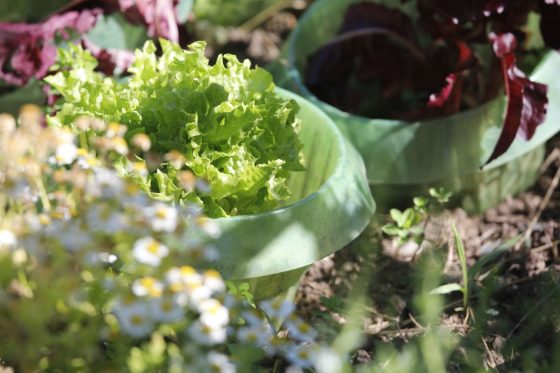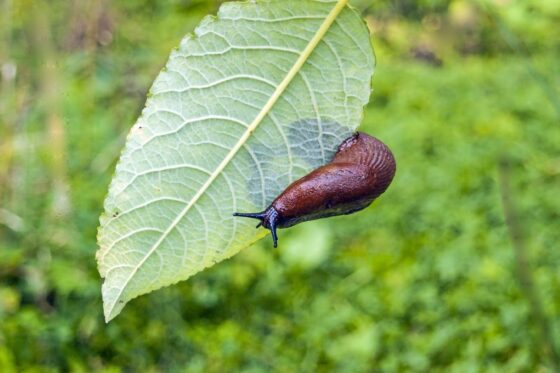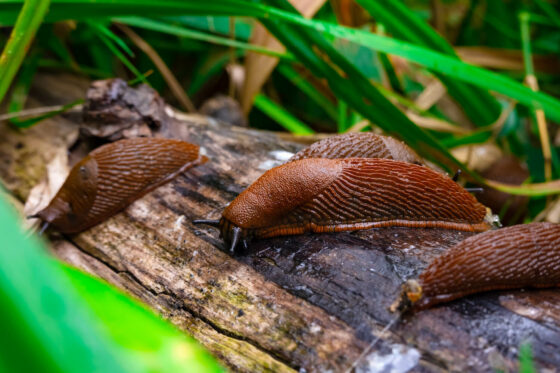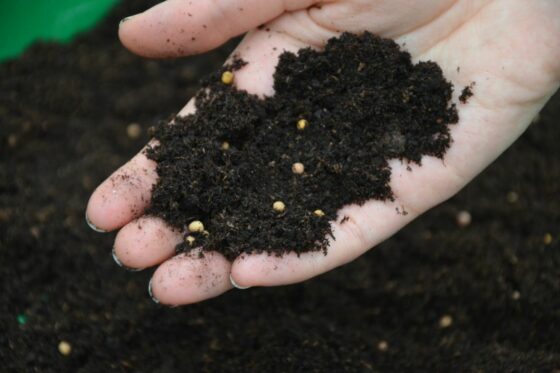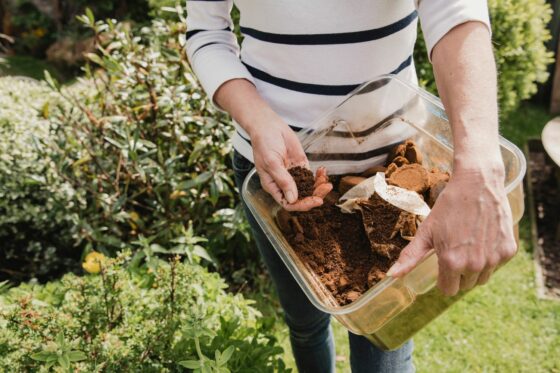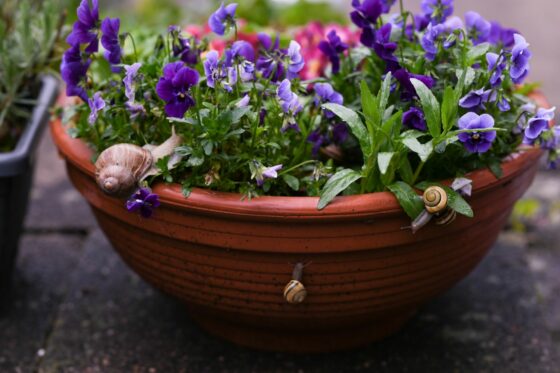Snail protection: how to effectively get rid of slugs and keep them away
Are your plants being attacked by slugs and snails? Find out how to get rid of slugs and protect your garden from future invasions.
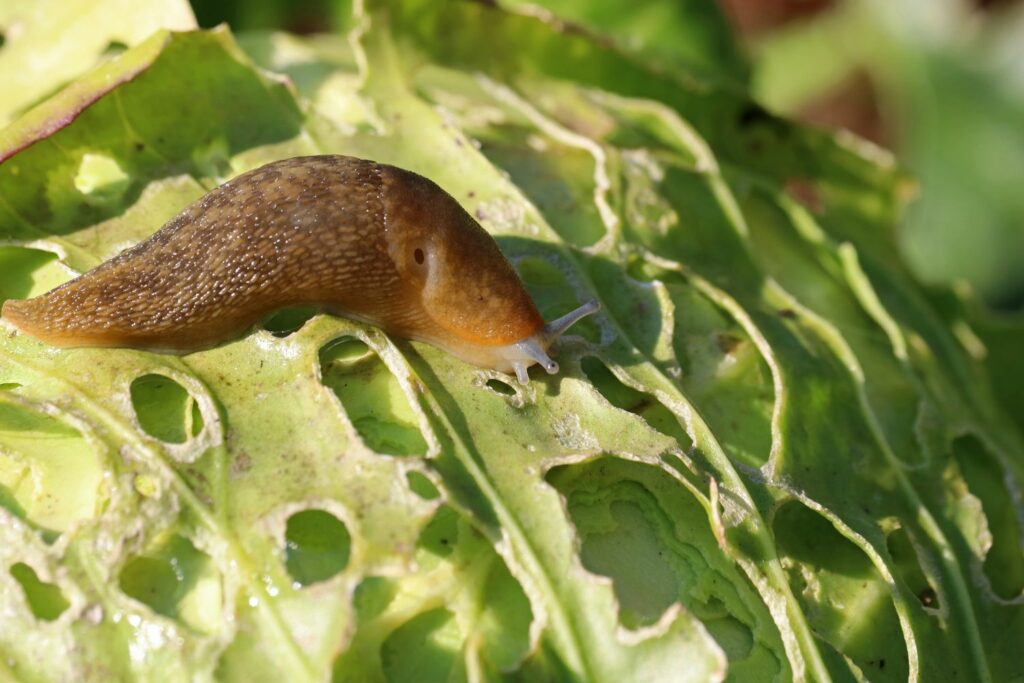
Unlike the usually harmless slugs and snails, slugs are a real threat to the harvest in the home vegetable garden or the ornamentation of the perennial bed when they appear en masse. If they find moist places to survive, enough food and warmth without being spotted by predators, there is nothing to stop the population from developing. As a suffering gardener, you then have the salad – full of holes. We present ways to protect slugs in the garden in an environmentally friendly and effective way.
Contents
Snail protection: Does copper work against snails?
Copper is used in the form of copper strips against slugs but has no satisfactory effect. The alleged effect is said to come from the copper ions, which are toxic to molluscs. Whether the copper releases ions will depend on the pH and temperature. Heat and an acidic environment promote the release of copper ions. However, snail slime is not acidic. The fact that some snails are deterred after all is more a matter of luck.
Tip: Rub the copper around your planters or raised beds with a cut lemon. The acidic citrus juice activates the copper and produces ions that are toxic to molluscs.
Important: However, it should be warned, because copper has a partially lethal effect on soil organisms and can also cause damage to plants at increased intake. However, plants generally only take up increased amounts of copper ions in acidic soils. Furthermore, if the copper is not in direct contact with the soil, there is little risk of increased input of copper ions. Therefore, a copper tape should be fixed a good 10 cm above the ground.
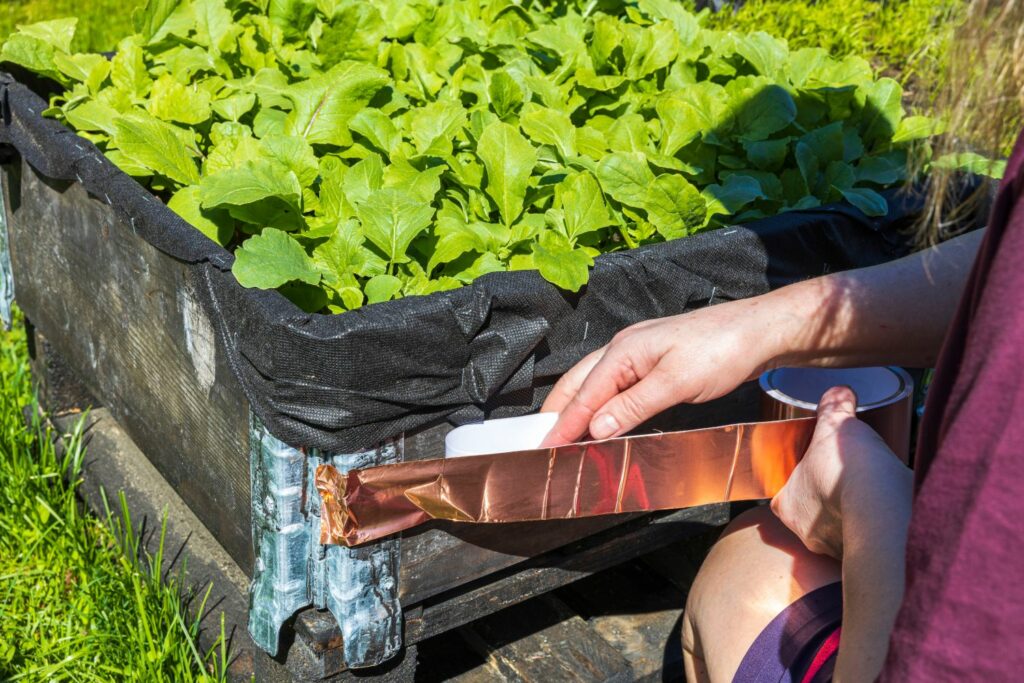
Snail fences and collars
Snail fences and collars are available in metal or plastic. With it, you move the entire bed or individual plants. As a mechanical barrier, they are designed to prevent slugs from entering near plants. The peculiarity of these barriers is a double bent edge, which the snails cannot cross. Snail fences are installed around entire beds. Snail collars, on the other hand, are used to surround individual plants, especially susceptible young plants. Also possible are electric slug fences, which, with the appropriate voltage, achieve very good results in slug repellent. What all must be considered during installation, you will learn in our article specifically on snail fences and collars.
Tip: Slugs live only on the ground and therefore can climb less well than some housing slugs, which also live on trees. Therefore, some housing snails manage to overcome snail fences or collars. However, this is not really a problem, after all, housing snails prefer to eat withered leaves and rarely crunchy vegetables. Here we explain what slugs and snails eat on a day-today basis. You can learn more about snail and slug-repellant vegetables in our dedicated article
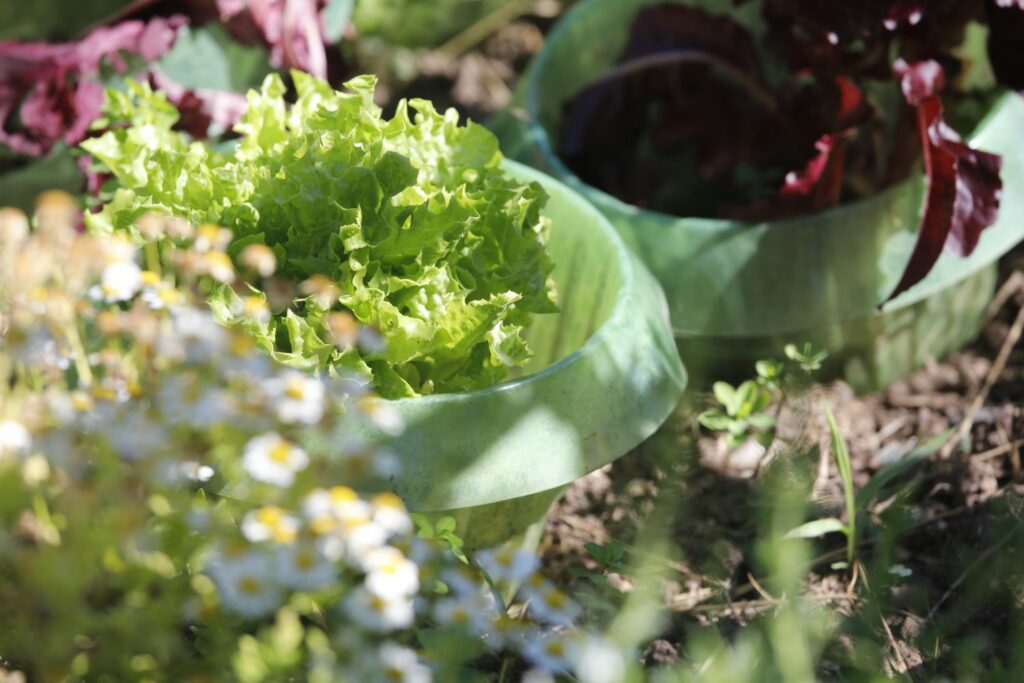
Does bark mulch help against slugs?
No, bark mulch does not help against snails. Provided that the pieces of wood and bark are moist, even the opposite is true. Because the mulch layer serves as a hiding place and protects slugs from drying out and predators. From June, eggs are also laid there, which – if laid late in the fall – overwinter in the mulch.
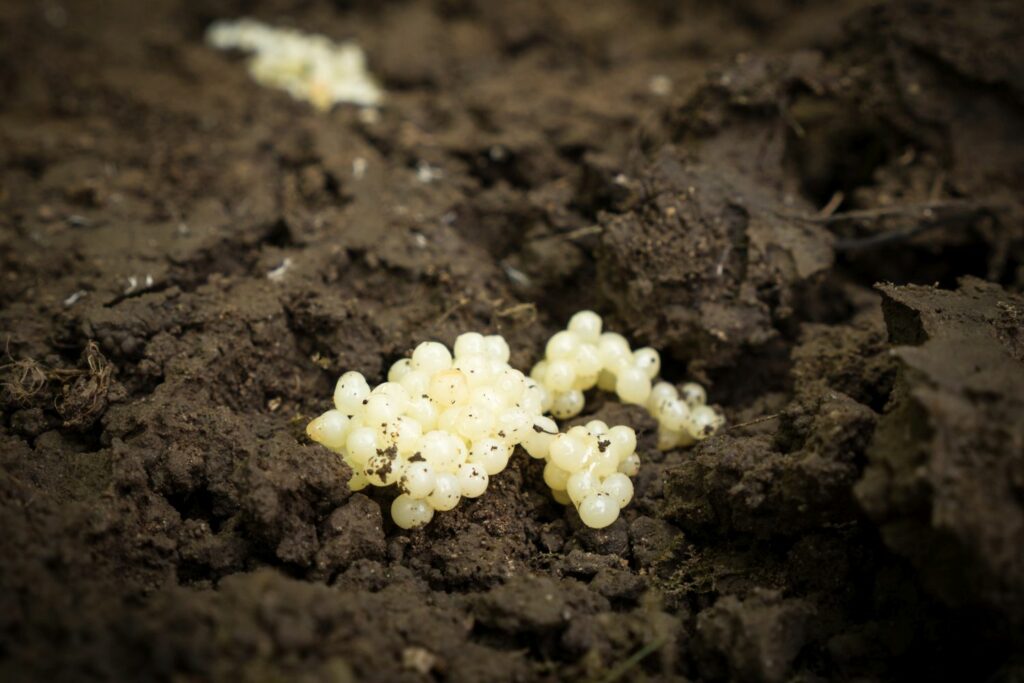
If you do not want to give up the mulch for soil protection, but still want to get rid of slugs, you can rely on slug pellets. Slug pellets allow the slugs to retreat to their hiding places after ingestion and pass away. Thus, there are no dead slugs in the bed. Compared to other products, our slug pellet offers increased rain resistance and is also gentle on other beneficial insects and pets.
Repel snails with sheep wool?
Sheep wool can only be used to a limited extent to protect against snails. It sucks the mucus of the animals, which repels them. In addition, the fine hairs of the wool irritate the snails. They keep bumping into it with their antennae because they cannot seem to see the hairs. These two factors result in snails not moving over dry sheep wool. However, if it becomes wet due to rain or irrigation water, the effect is significantly reduced. Accordingly, sheep’s wool against slugs is a useful method only in places protected from rain, for example, in the greenhouse.
Sheep wool is used as fresh wool. It should be placed in rings 10 cm wide and 3 cm high around individual plants. Since the wool is light and may be blown or infiltrated, it must be fixed, for example, with stones. It is essential to ensure that the weighting means are not exposed and thus serve as a bridge. They must also be covered by sheep’s wool. Wrapping stones or similar has proven useful in this regard.
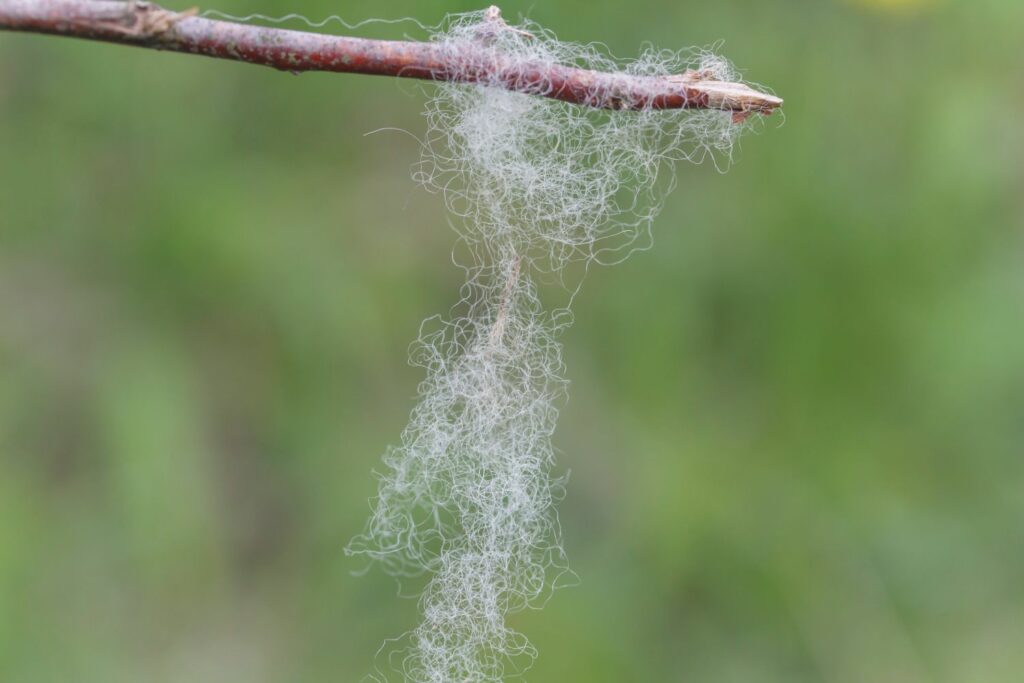
Preventive measures as protection against snails
Those who do not yet find a heavy infestation in the garden or would like to avoid it in the coming year should definitely rely on preventive measures.
This is something to watch out for as a preventive measure:
- Choose snail resistant plants
- Integrate deterrent plants into the bed.
- Encourage predators: Hedgehogs, birds and other garden animals are happy about slugs
- Destroy slug eggs in the fall or spring
- Avoid watering in the evening, water in the morning instead
- Prepare seed beds fine crumb
- Press on sensitive seed
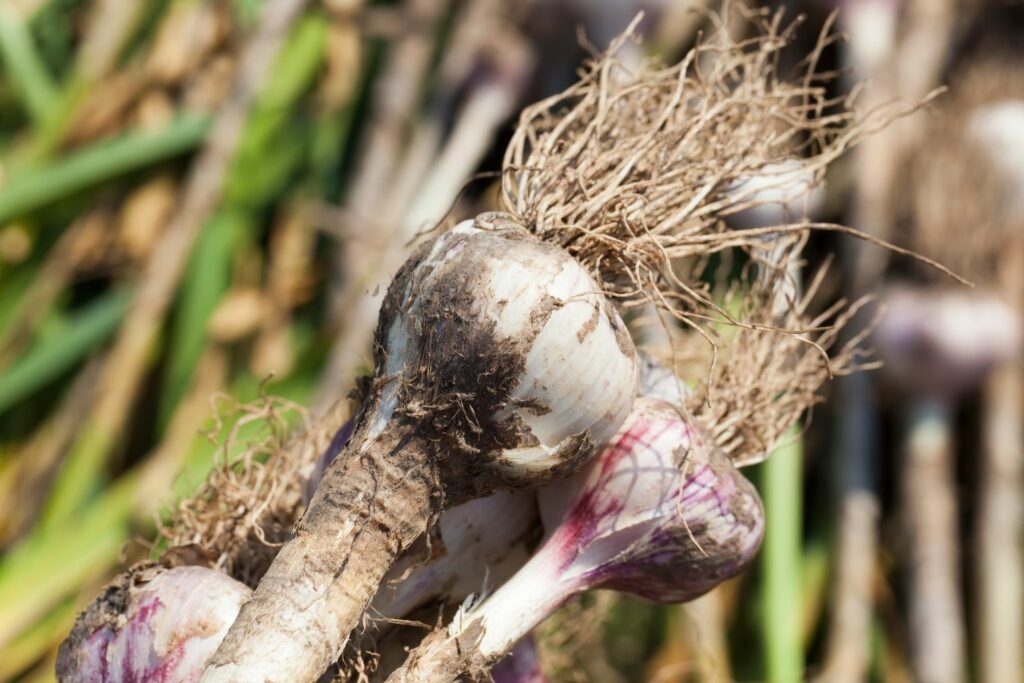
Conclusion: Which snail protection really helps?
Many methods are advertised – but not all expel snails equally well. We have summarised other ways to combat slugs in another article.
- Slug pellets help eliminate slugs permanently, thereby decimating the population for times to come.
- Snail fence and collar effectively keep the animals out of the bed or away from individual young plants.
- Sheep wool helps only to a limited extent in dry conditions, for example, in the greenhouse.
- Prevention is the best protection: early and consistent action often saves from a severe infestation.
Tip: You can also rid your garden of slugs by using various slug traps.
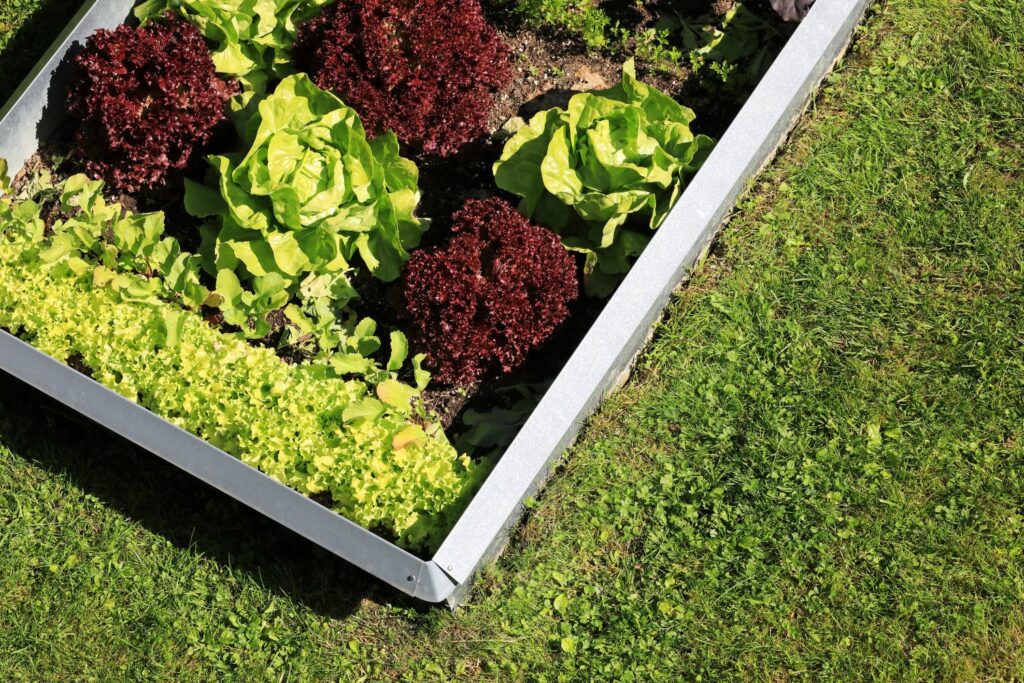
If you want to eliminate the need for protective measures, you can consider slug-resistant plant options.



















